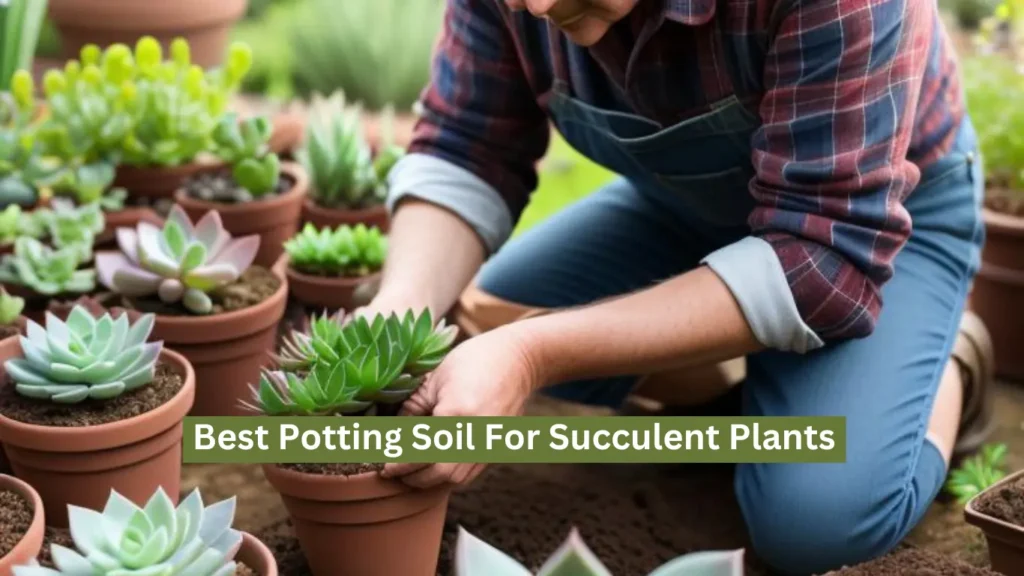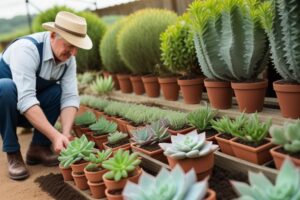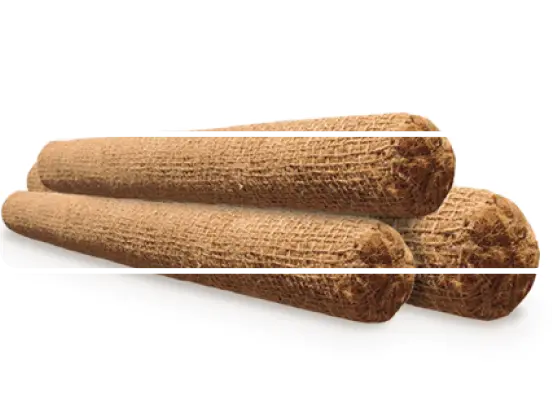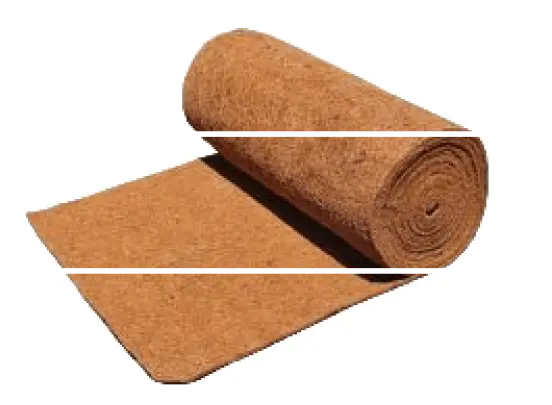
Over the last decade, the popularity of succulent plants has skyrocketed among gardeners around the world. This is mainly due to the fact that succulent plants have diverse shapes, textures, and vibrant colors. Another highlight of growing succulent plants is that they are incredibly low-maintenance and require little to no effort, making them the perfect plant for busy office goers.
But even for the strongest succulent plants, a good foundation is imperative for flourishing. This is where succulent potting soil/succulent potting mix, comes in.
Unlike their moisture-loving houseplant counterparts, succulents are from arid environments and prefer well-draining soil that allows for quick evaporation of excess water. Regular potting soil, which retains moisture, can lead to root rot, the worst condition for succulent plants.
Which leads us to the question, what makes the perfect potting soil for succulent plants?
Potting soil for succulent plants offers excellent drainage. Succulents store water in their fleshy leaves, stems, and roots. Soggy soil suffocates these organs, inviting fungal diseases and ultimately leading to plant death.
Here’s why drainage is crucial:
The perfect potting mix is an absolute lifesaver for succulent plants. Creating the perfect succulent potting mix involves a strategic blend of three key ingredients:

There’s no single “perfect” ratio for succulent potting mix. The ideal blend can vary depending on the specific succulent variety, pot material, and your climate. However, here are some popular starting points:
By understanding the importance of drainage and creating the perfect succulent potting mix, you can set your beloved succulents up for success. With the right foundation, your succulents will reward you with years of vibrant beauty and low-maintenance charm.

Mathew is a product designer and engineer at Coirmedia, where he combines his passion for sustainability with his design and engineering expertise. He develops innovative coir products that are not only functional but also eco-friendly. Driven by a desire to share his knowledge, Neil is passionate about writing and teaching, aiming to educate others about his ideas, innovations, and the technology behind them.

Chat To Us
Chat with us to clear your doubts
Our experts are at bay!

Contact us
Contact us get the right solution
Our professionals are chill!
Join Us and Succeed In the best yield
We are rooted across the world
Fueled by the constantly growing demand, we’re rapidly expanding our base to deliver premium coir products and solidify our position as the leading sustainable coir manufacturer.

© 2024 | Coir Media | All Rights Reserved.
Digitally Empowered By NetVenture



